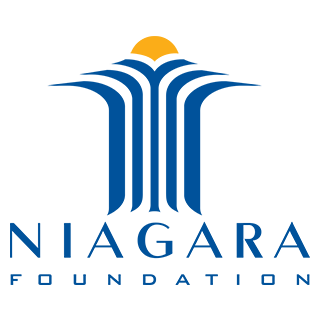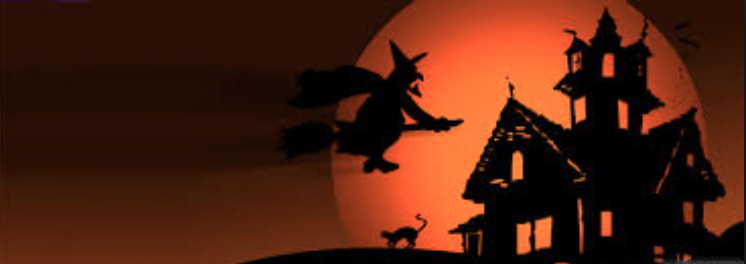How Halloween Became an Inclusive Holiday
By: Daniel Baker, Communications Intern
Delicious candy, haunted houses, and scary costumes. You know it is time for Halloween when a group of kids knock on your door yelling Trick or Treat. While thousands of people take part in the holiday every year, some people say others do not know where the holiday comes from—or how it became what it is today.
Horror and pop culture artist Robert Kelsey says he designs costumes, creates artwork, and consumes horror media all year-round. Kelsey says he knows more about the art and culture of Halloween than how it evolved over time.
“I know it’s based on Samhain, which was a festival celebrating summer’s end, and a lot of the traditions have their roots in European folklore, like the carving of pumpkins (or turnips, originally) to scare/ward off spirits,” said Kelsey. “I don’t know a lot about why it caught on in the states, or evolved into the holiday it is today, besides the fact that everything kind of expands out of control once companies realize that they can make a bunch of themed products and sell them.”
The History Channel says Halloween has its roots in many different faiths and cultures. Kelsey was right, the holiday that we celebrate today comes from Samhain—an ancient Celtic festival celebrated on November 1. The Celts lived nearly 2,000 years ago in what is now Ireland, the United Kingdom, and Northern France. They believed the day would mark the end of the harvest and the beginning of winter. Celts also believed the dead would come back to the earth, making it easier for druids—or Celtic priests—to predict the future. They would wear costumes, create sacred bonfires, and offer sacrifices to the dead. The Roman Empire eventually conquered most of the Celtic territory. The History Channel says many people believe the Catholic Church tried to replace Samhain with a new holiday that was appropriate for Christianity. This is why we have All Hallows Eve on October 31, All Saints Day on November 1, and All Souls Day on November 2. These new holidays were influenced by Samhain—inspired by its bonfires and costumes. However, the new holiday threw in something new—parades. All Hallows Evening—or Hallowe’en as a contraction—eventually came to America. As Native Americans came into contact with Irish, Scottish, and English immigrants coming to the states, so did their cultures. Many Americans started to dress up in costumes and go door to door asking for food—inspired by Irish and English traditions—which evolved into what we now call “Trick or Treat.” There was also a movement to turn Halloween into a community event. People would throw Halloween parties focused on food, costumes, and festivities. Parents would also keep scary elements out of these celebrations. This made the holiday less religious and superstitious and more secular.
Horror Historian David J. Skal says the holiday really is a work of different cultures coming together in his book: Halloween: The History of America’s Darkest Holiday.
“In reality, Halloween is a patchwork holiday,” said Skal. “[It is] a kind of cultural Frankenstein, stitched together quite recently from a couple of traditions, all fused beneath the cauldron light of the American melting pot.”
Kelsey says the holiday has come a long way from being just a pagan festival.
“I think our modern day celebration of Halloween is definitely interfaith and intercultural simply because it’s been so far removed from any religious or cultural significance, that anyone can find value in it, and find something to enjoy about the celebration.” He says he makes art about monsters and ghosts and unnatural things to recapture the essence of Halloween; the fear and fascination of the unknown.

